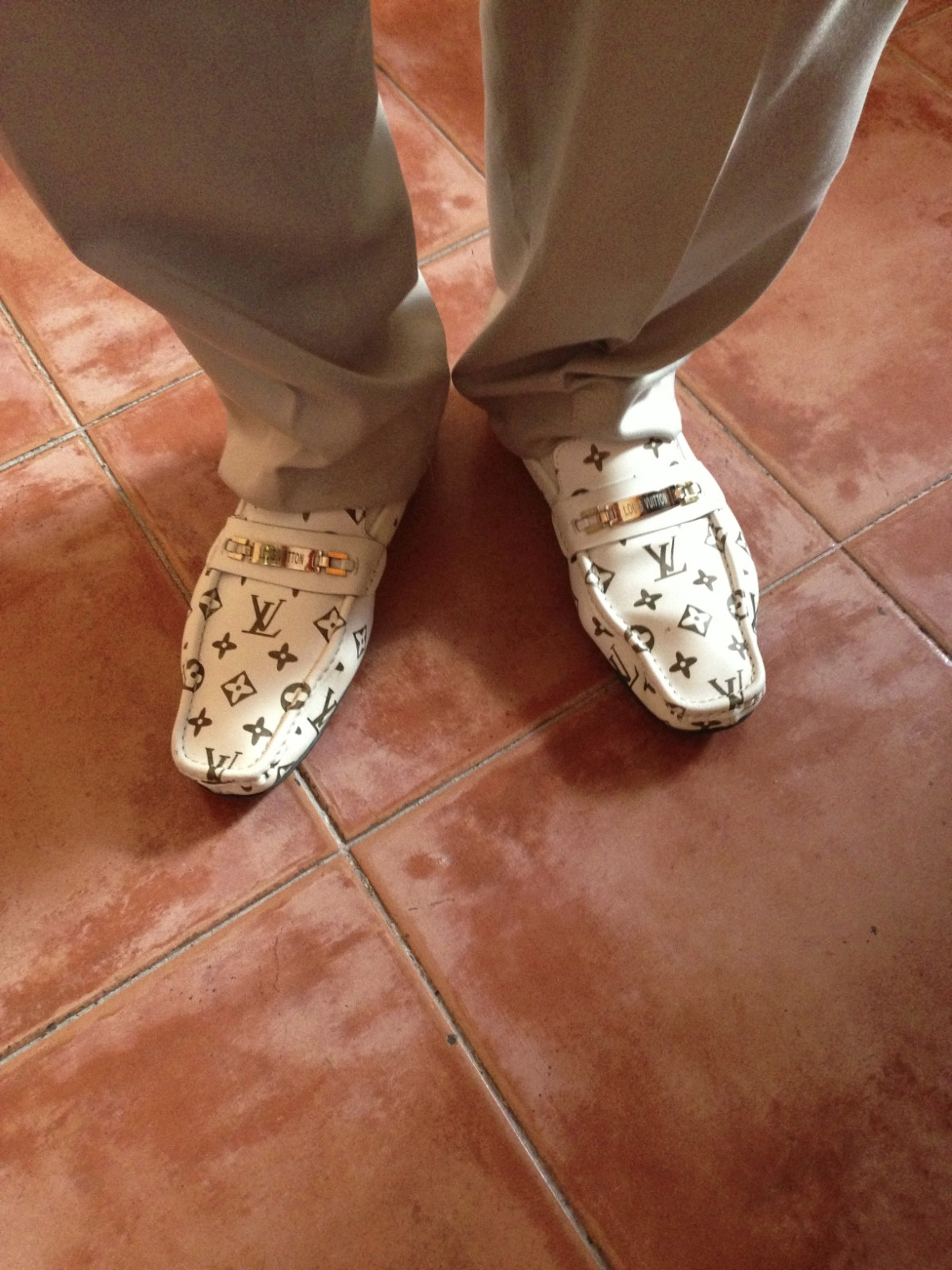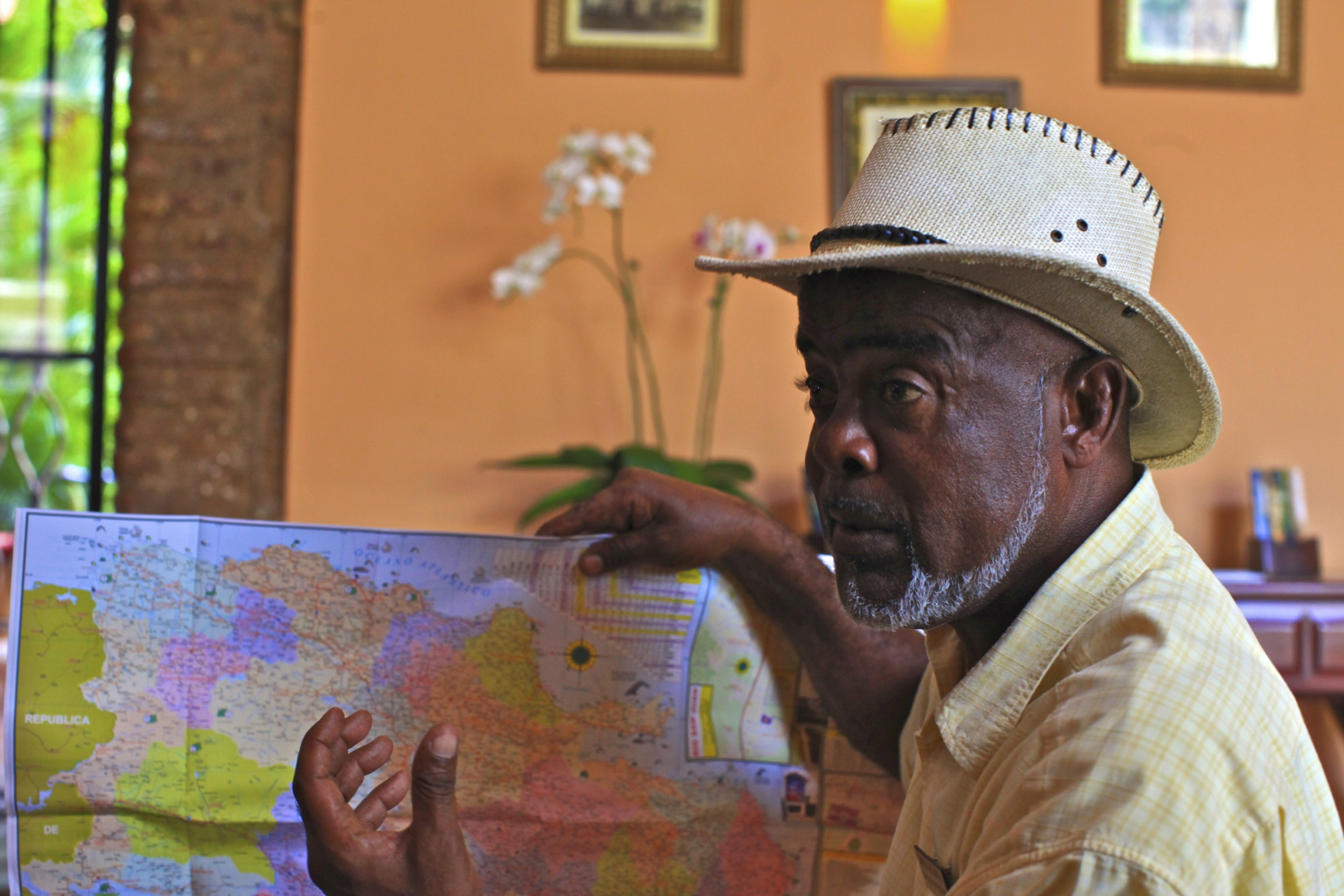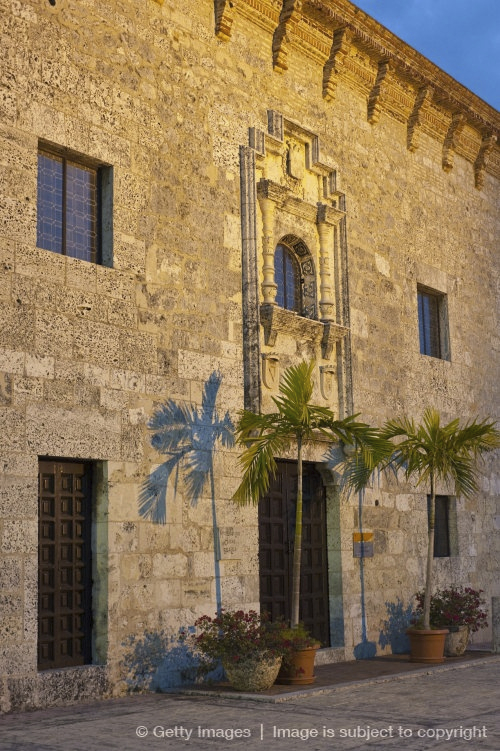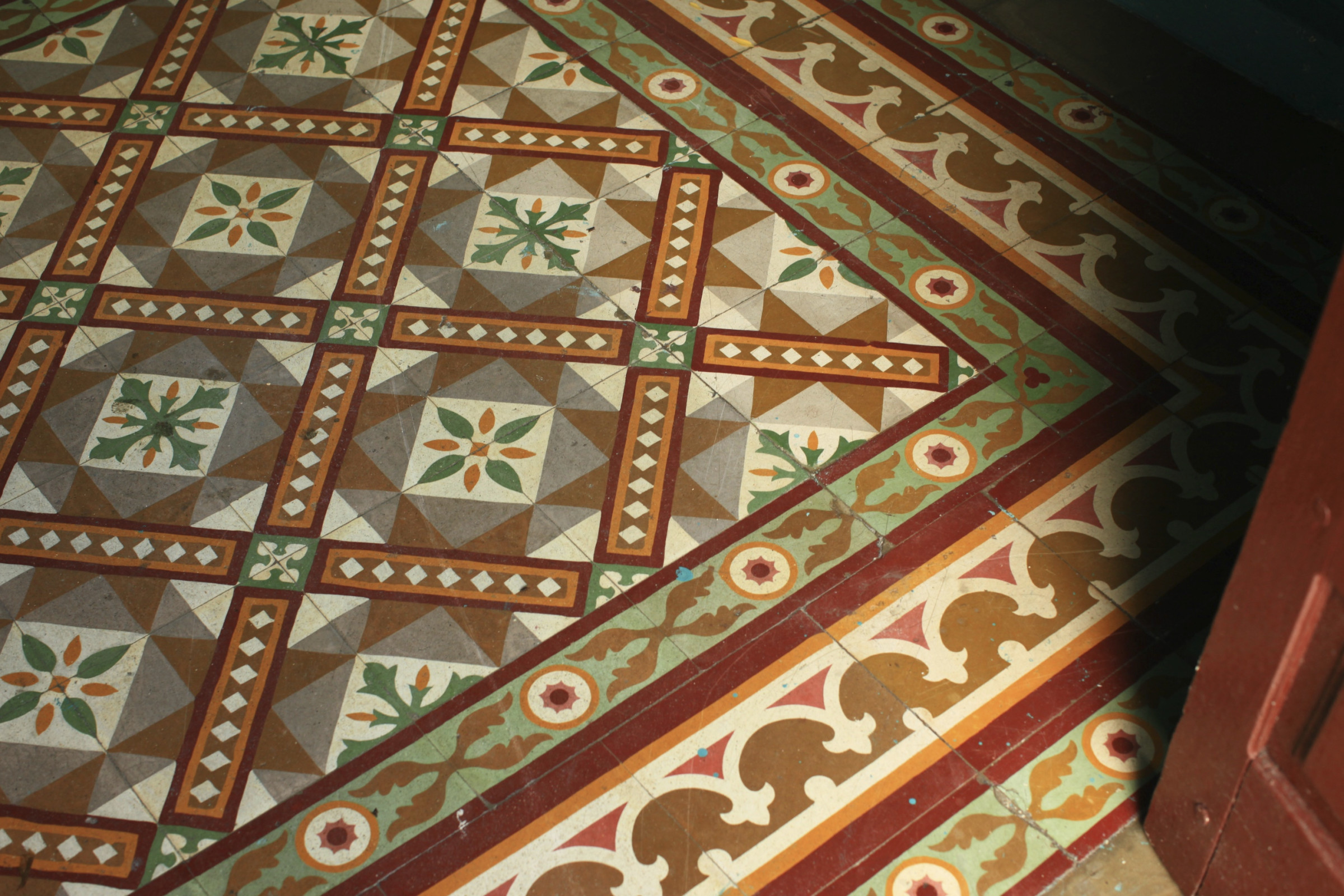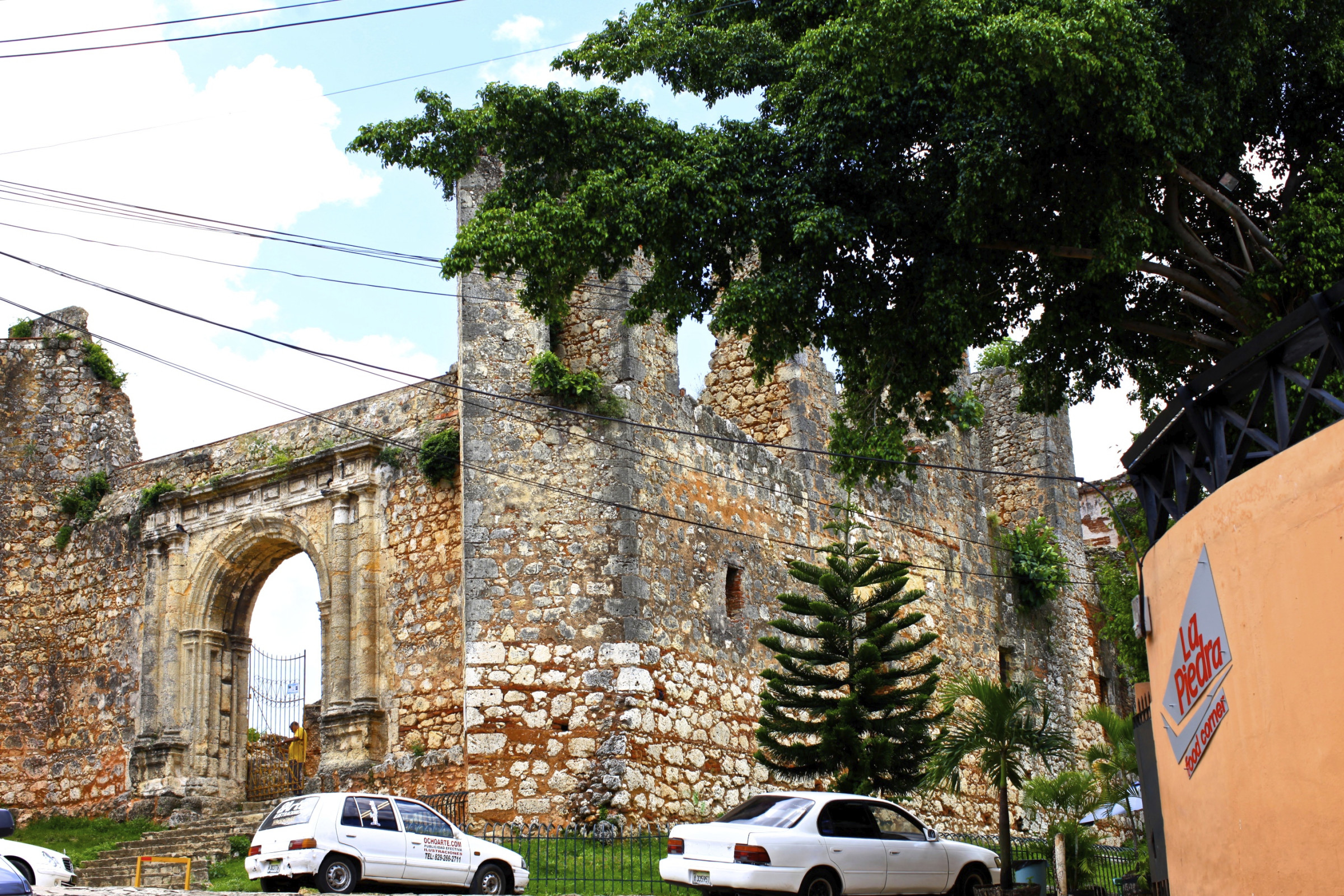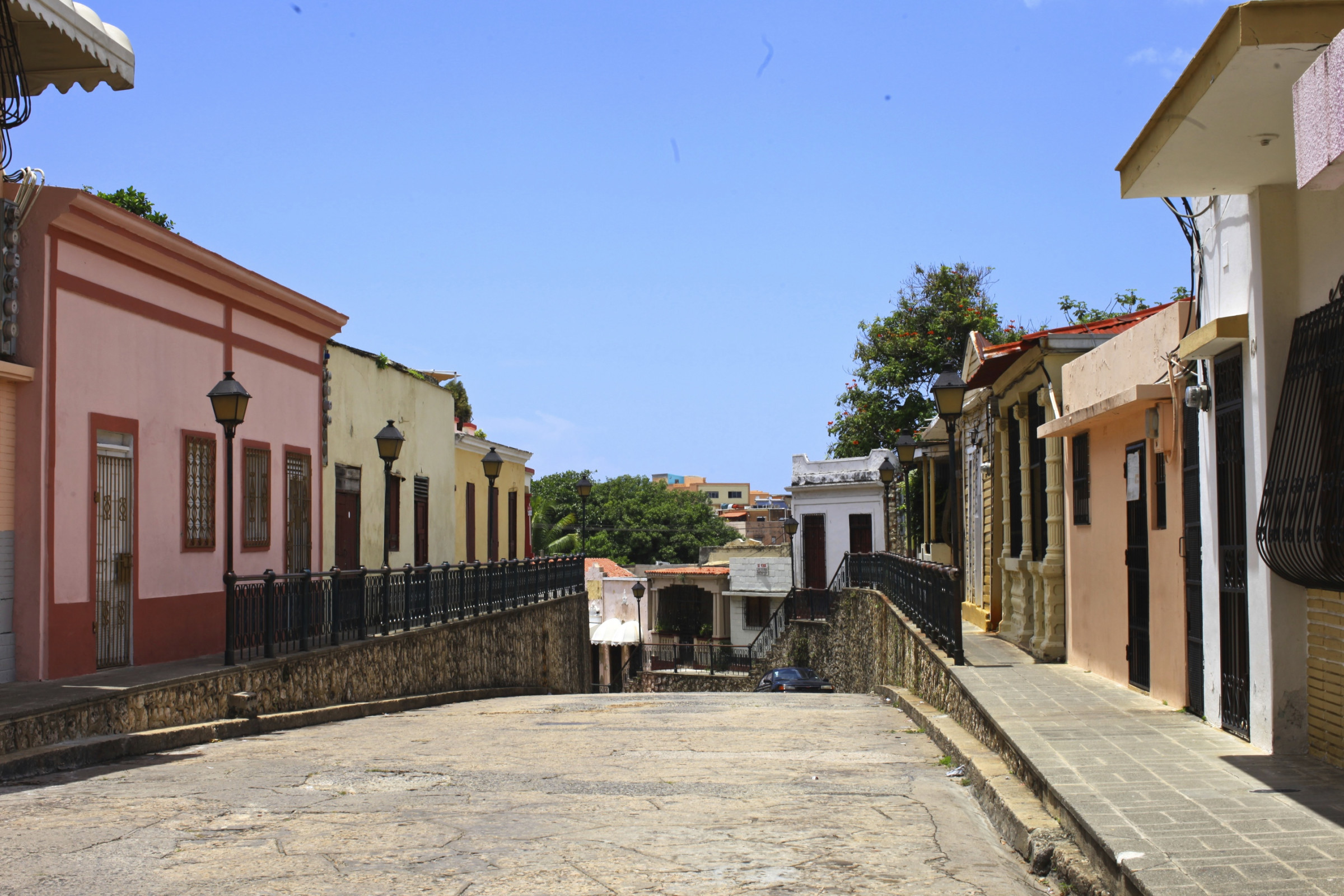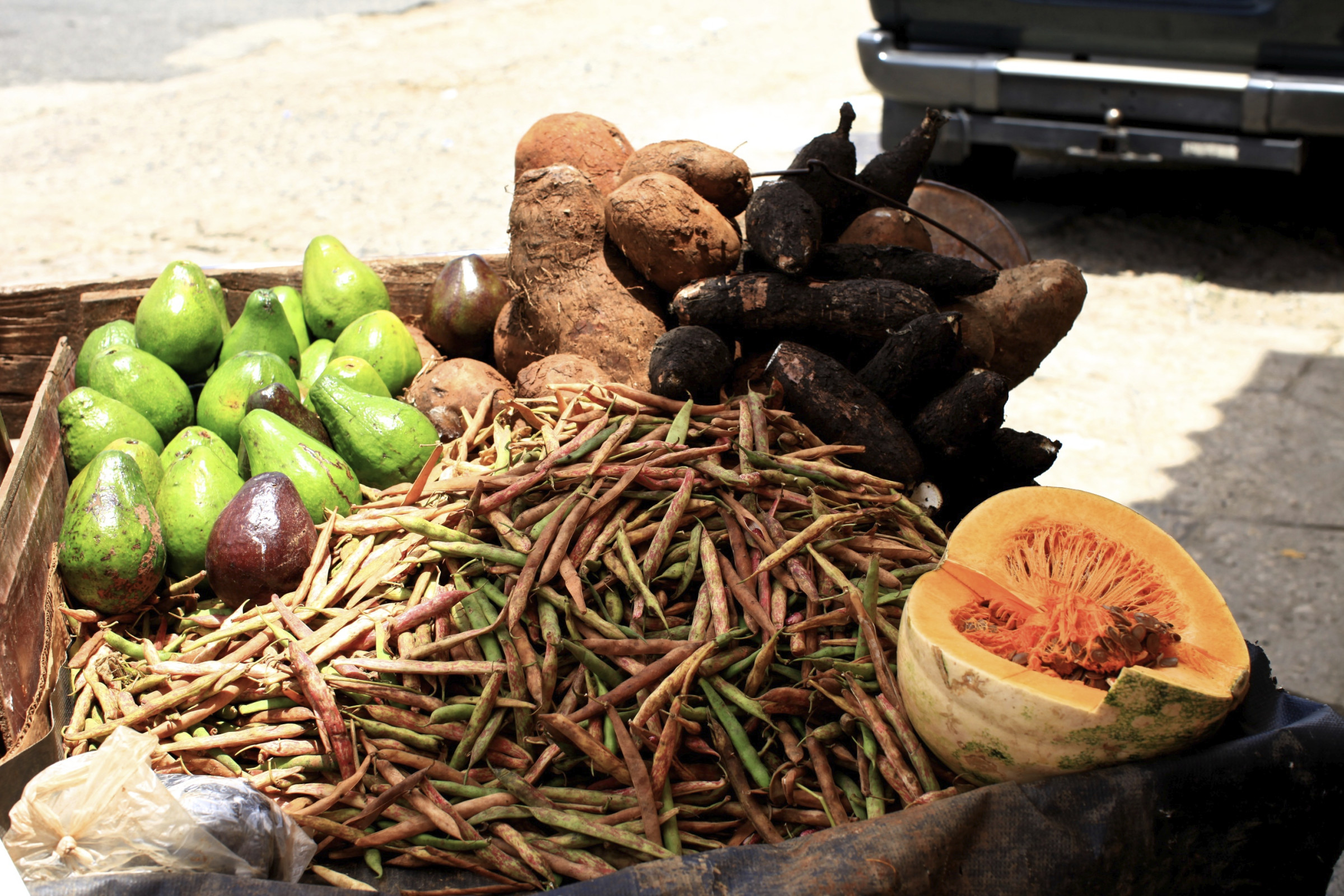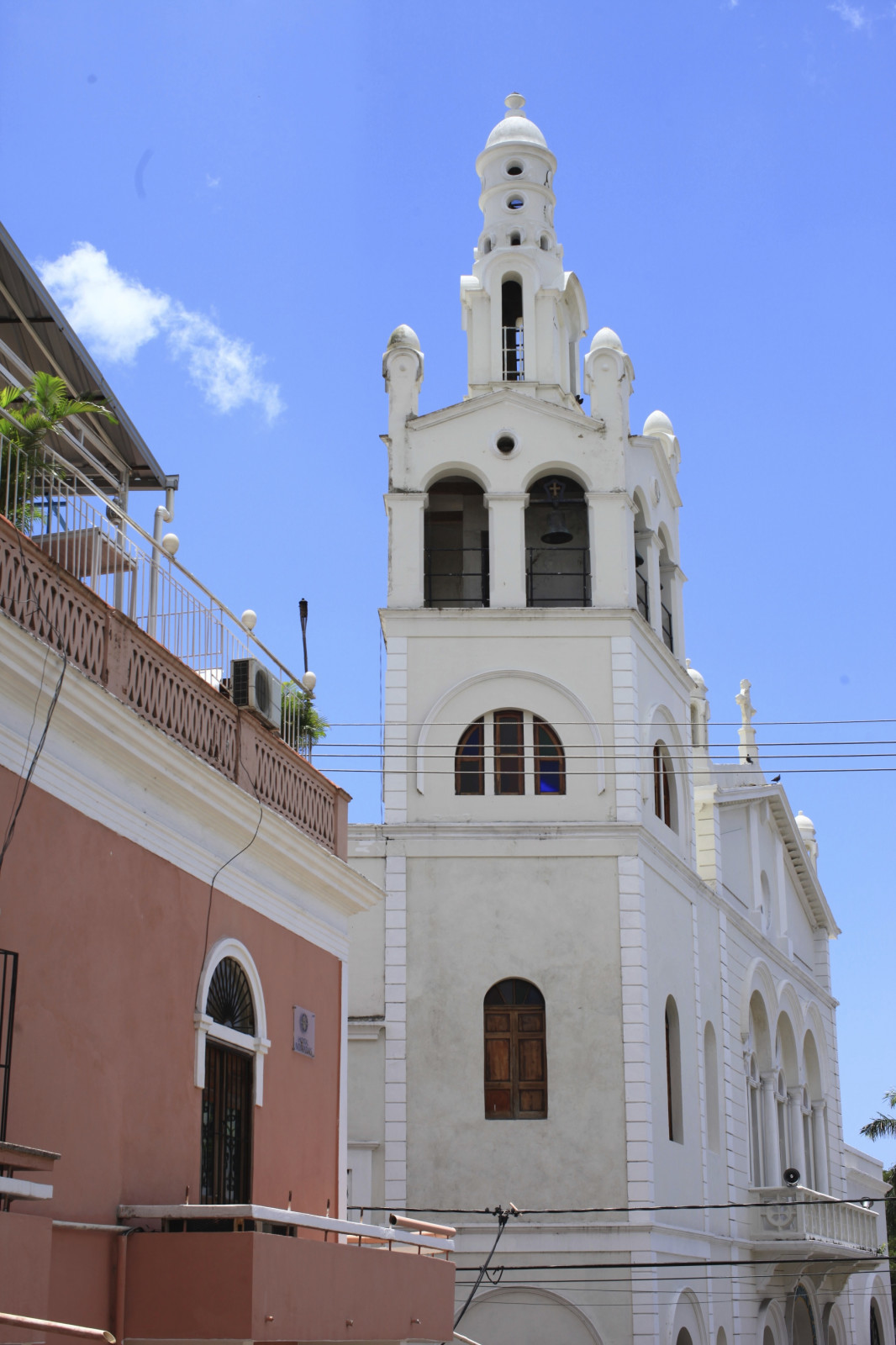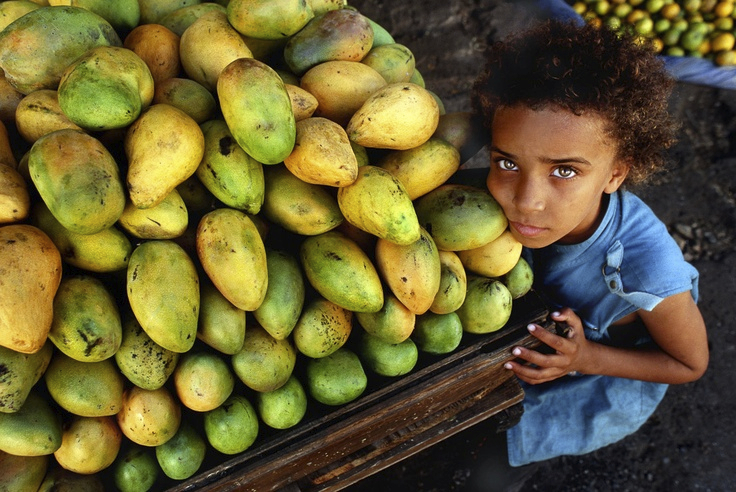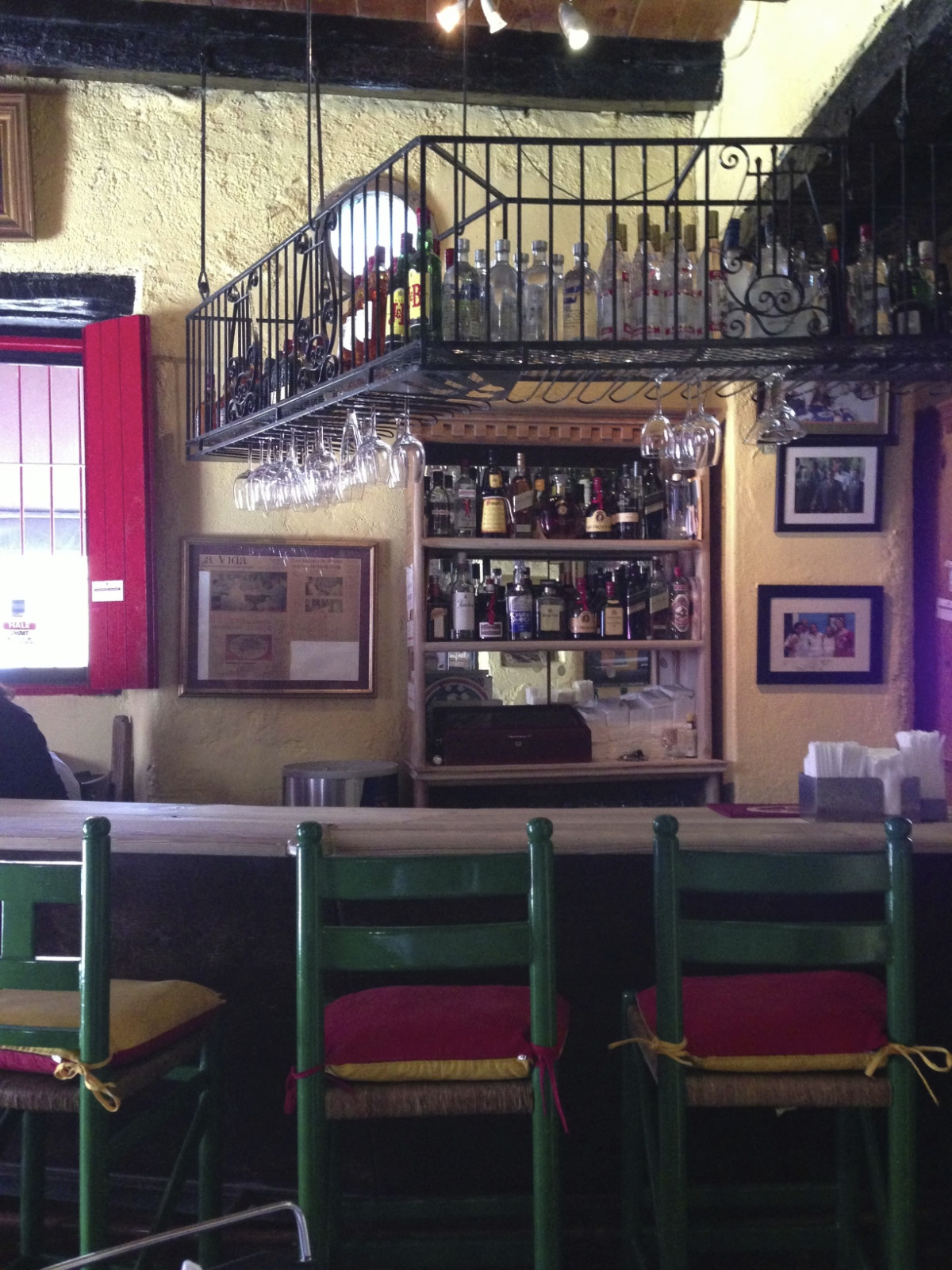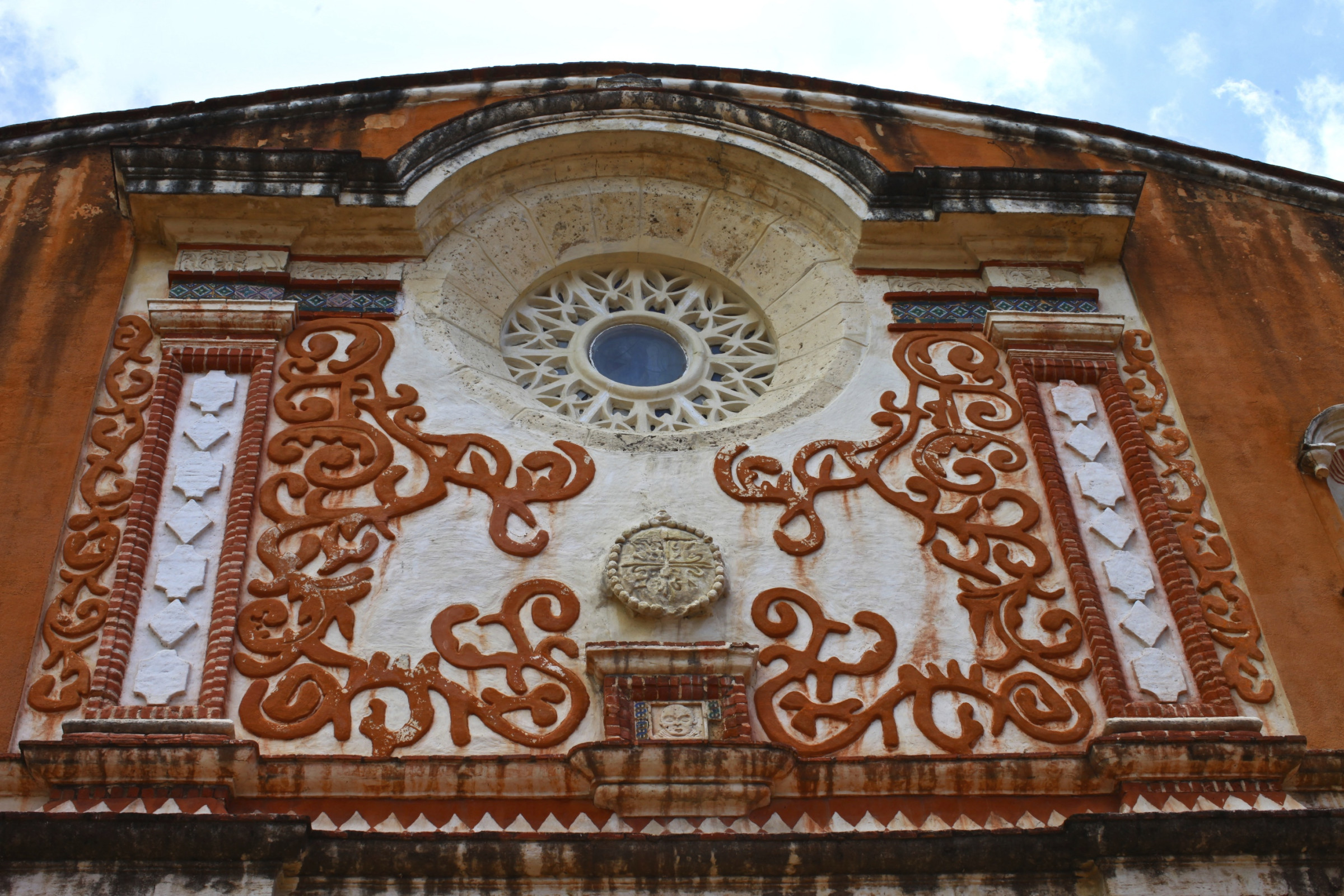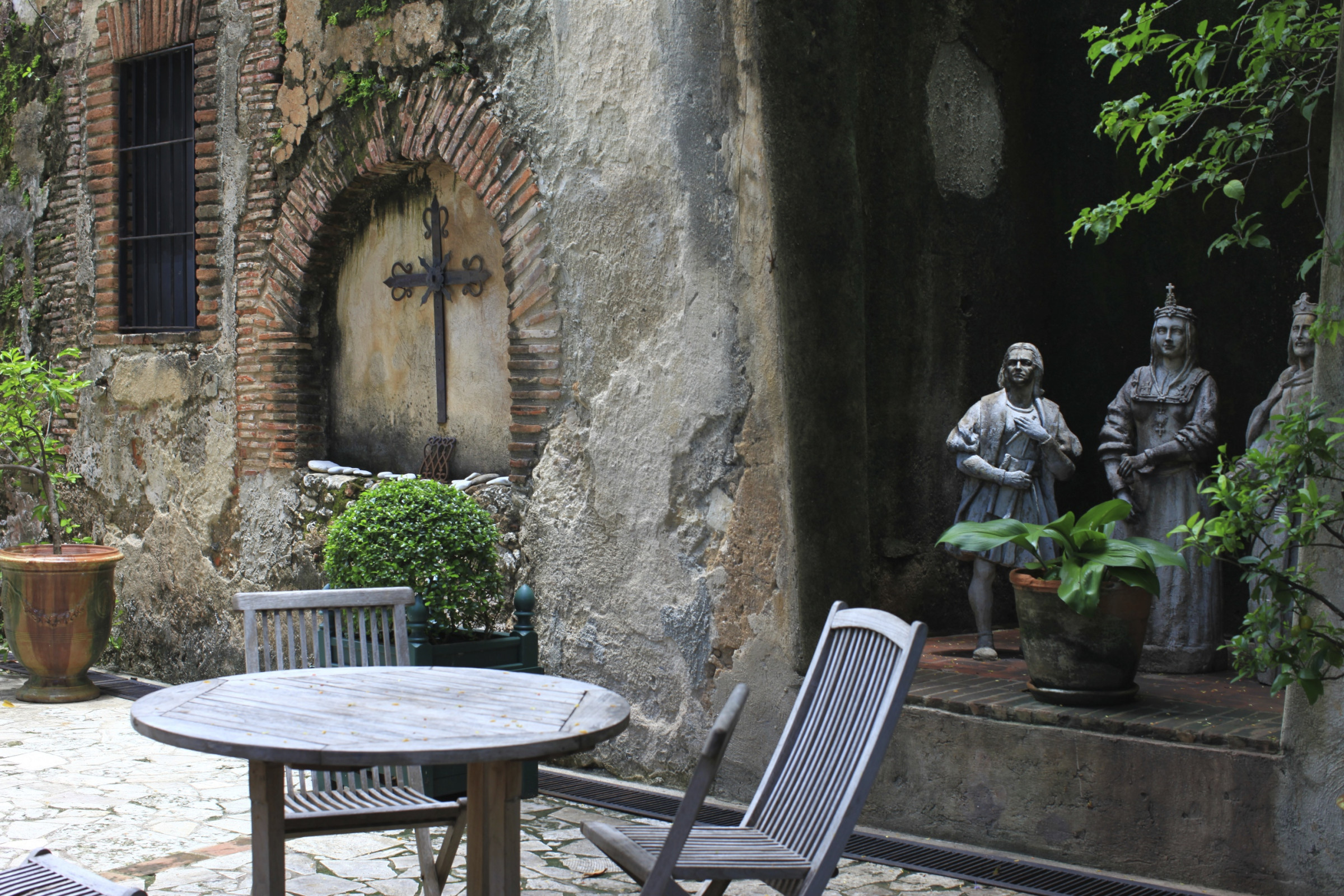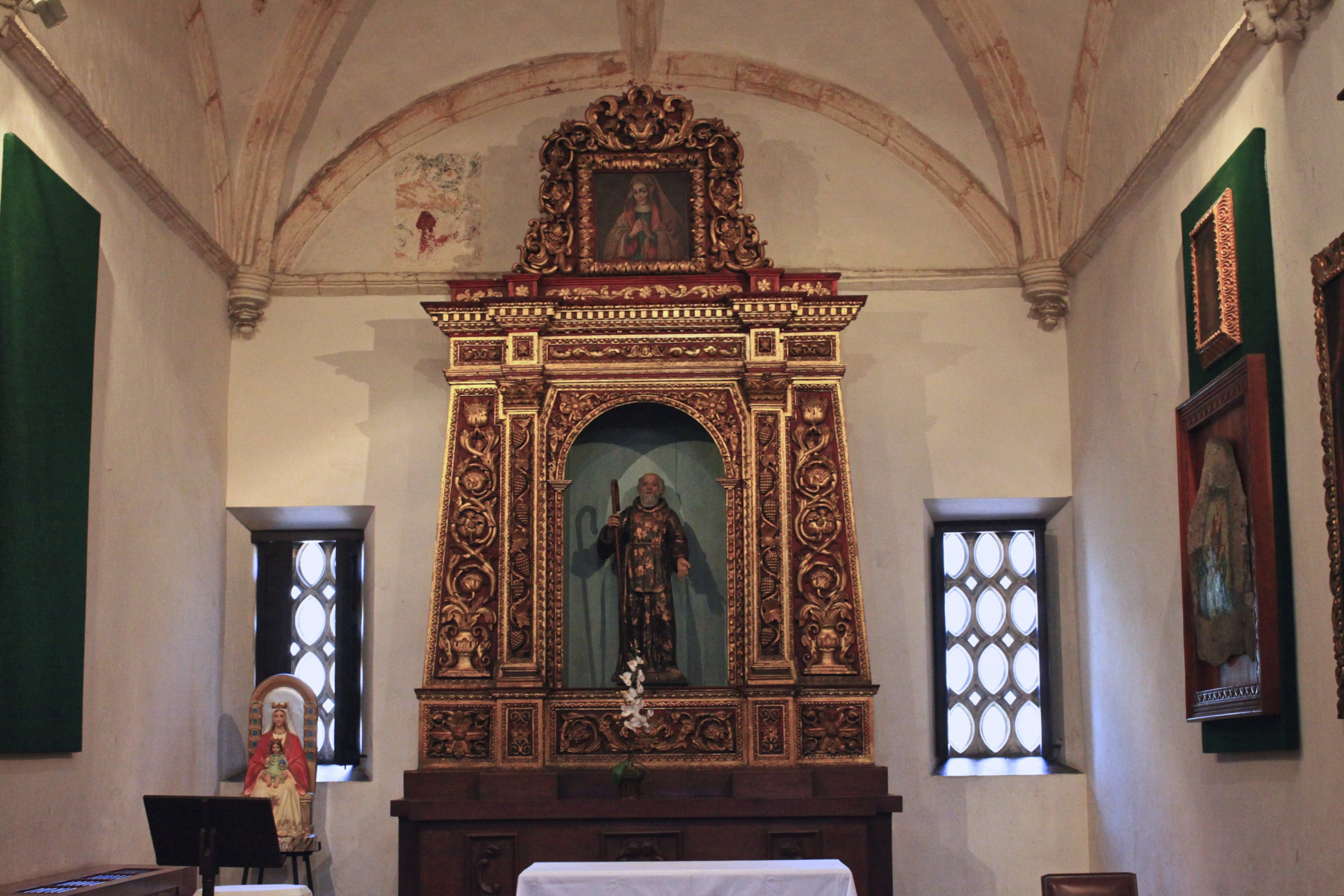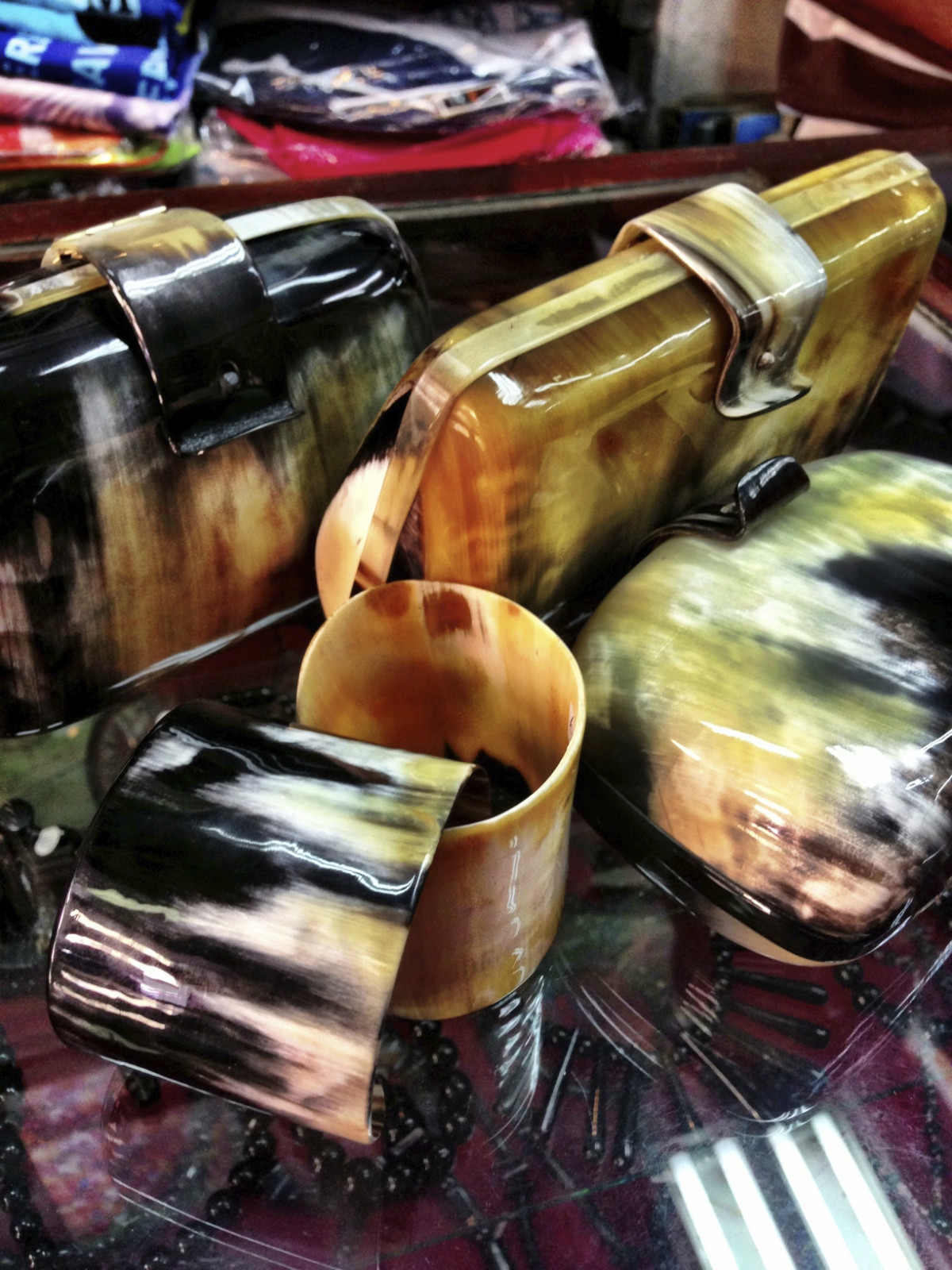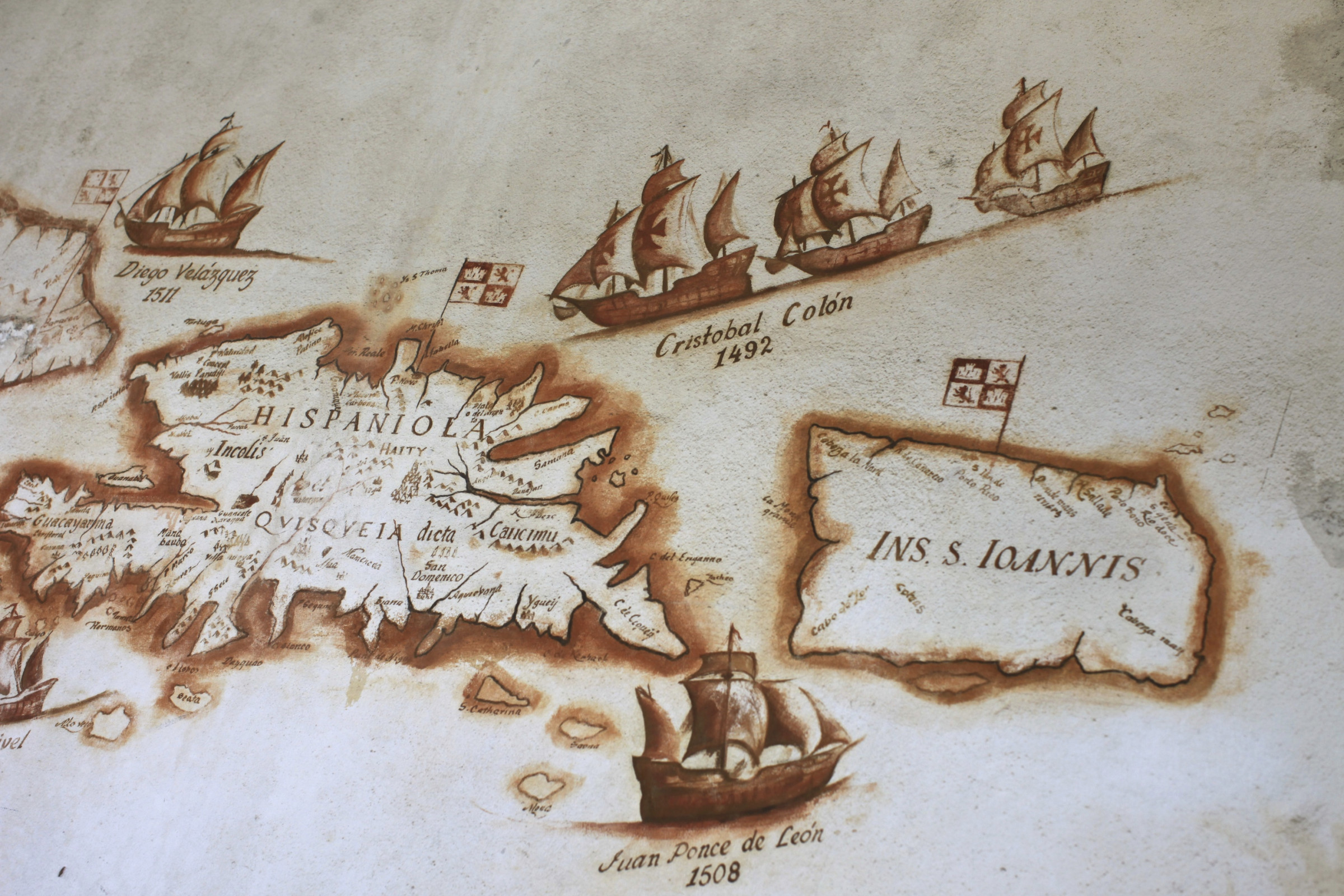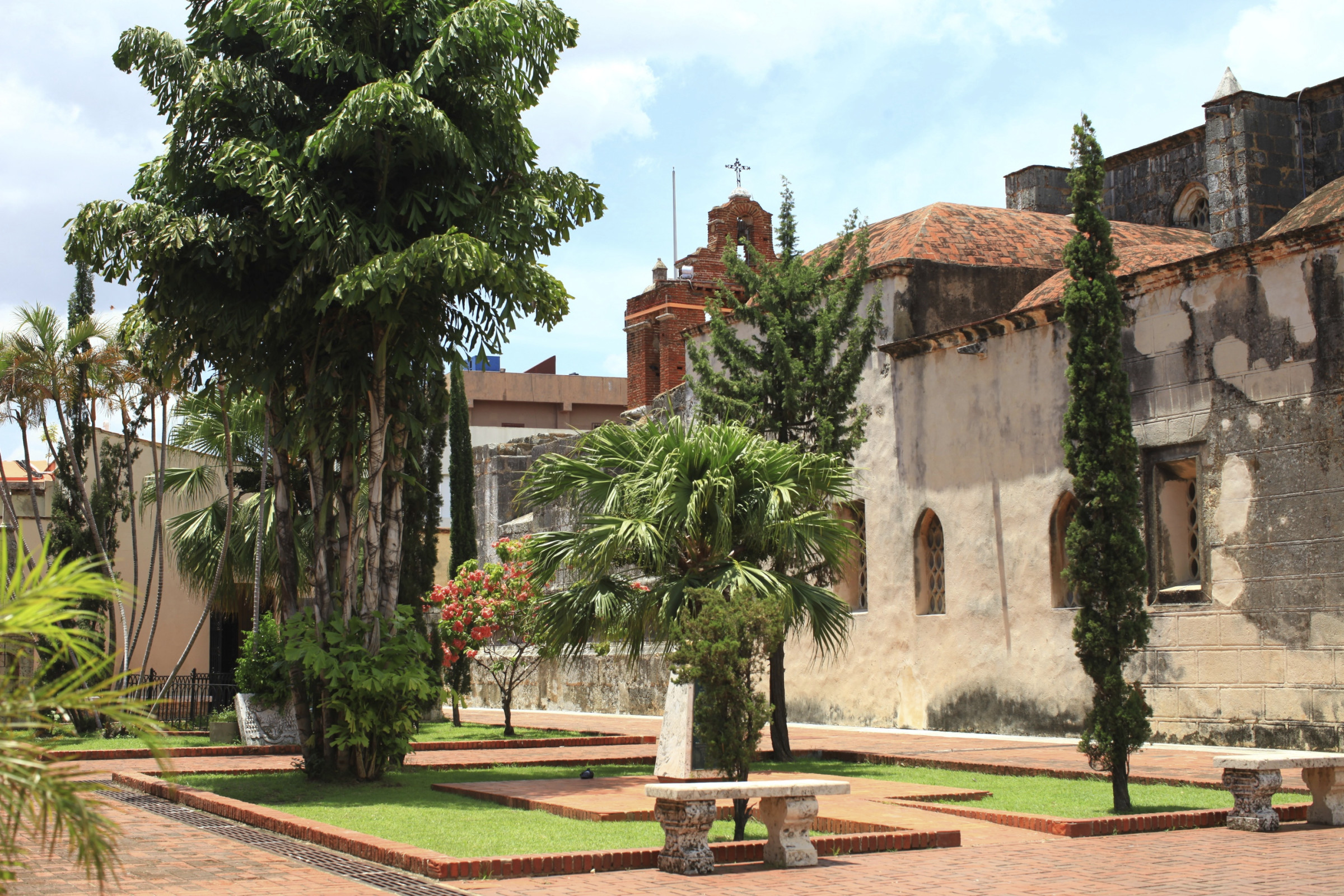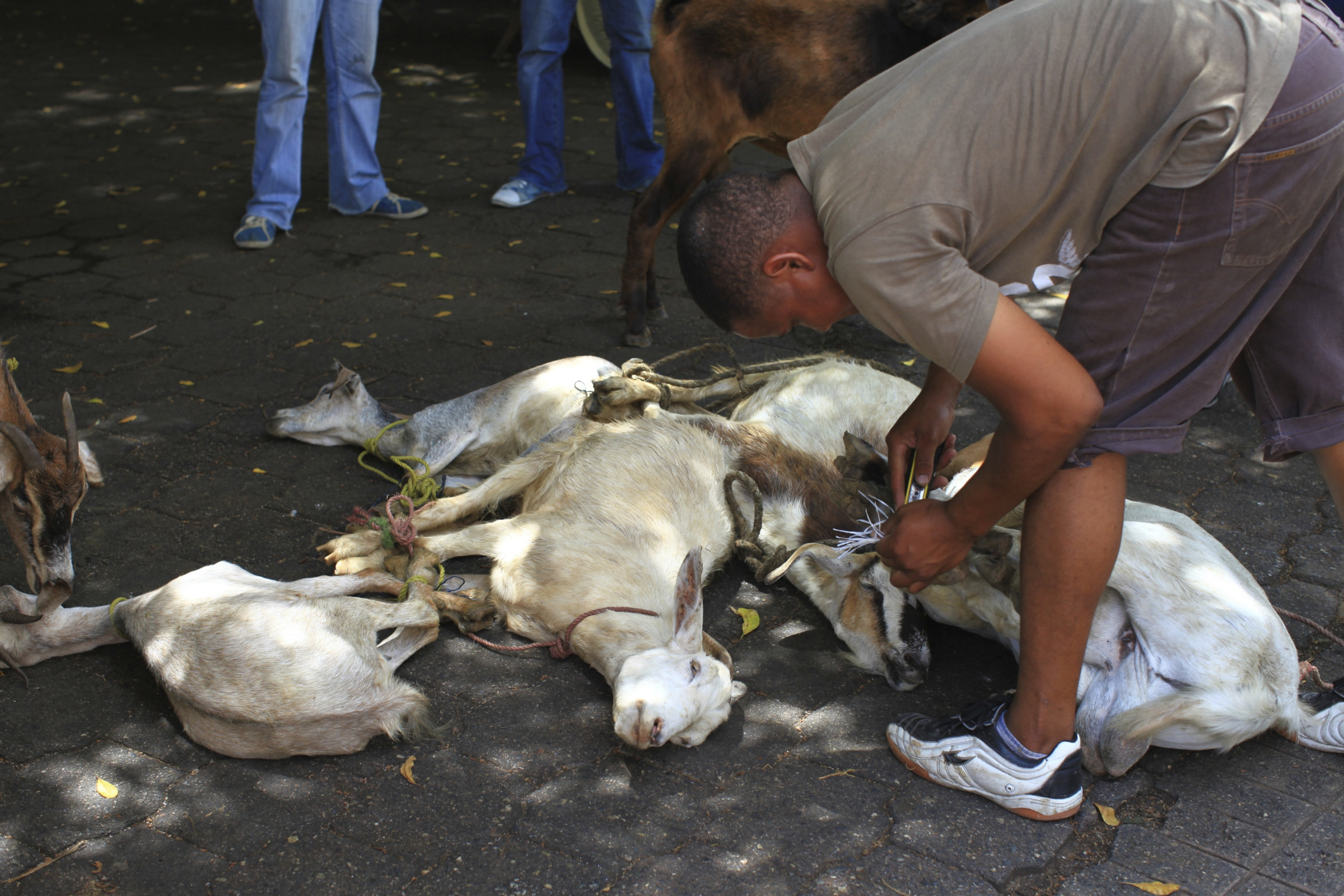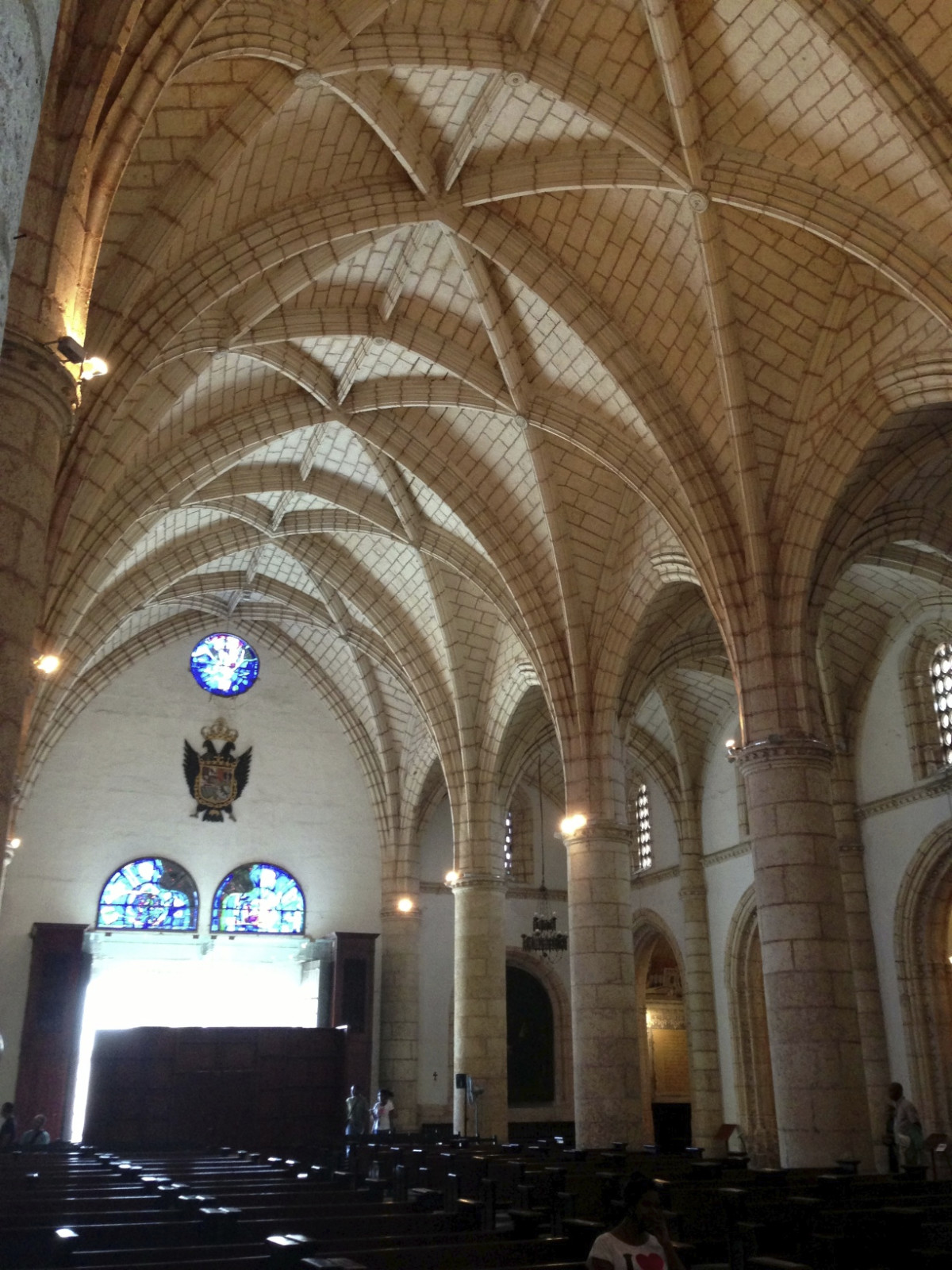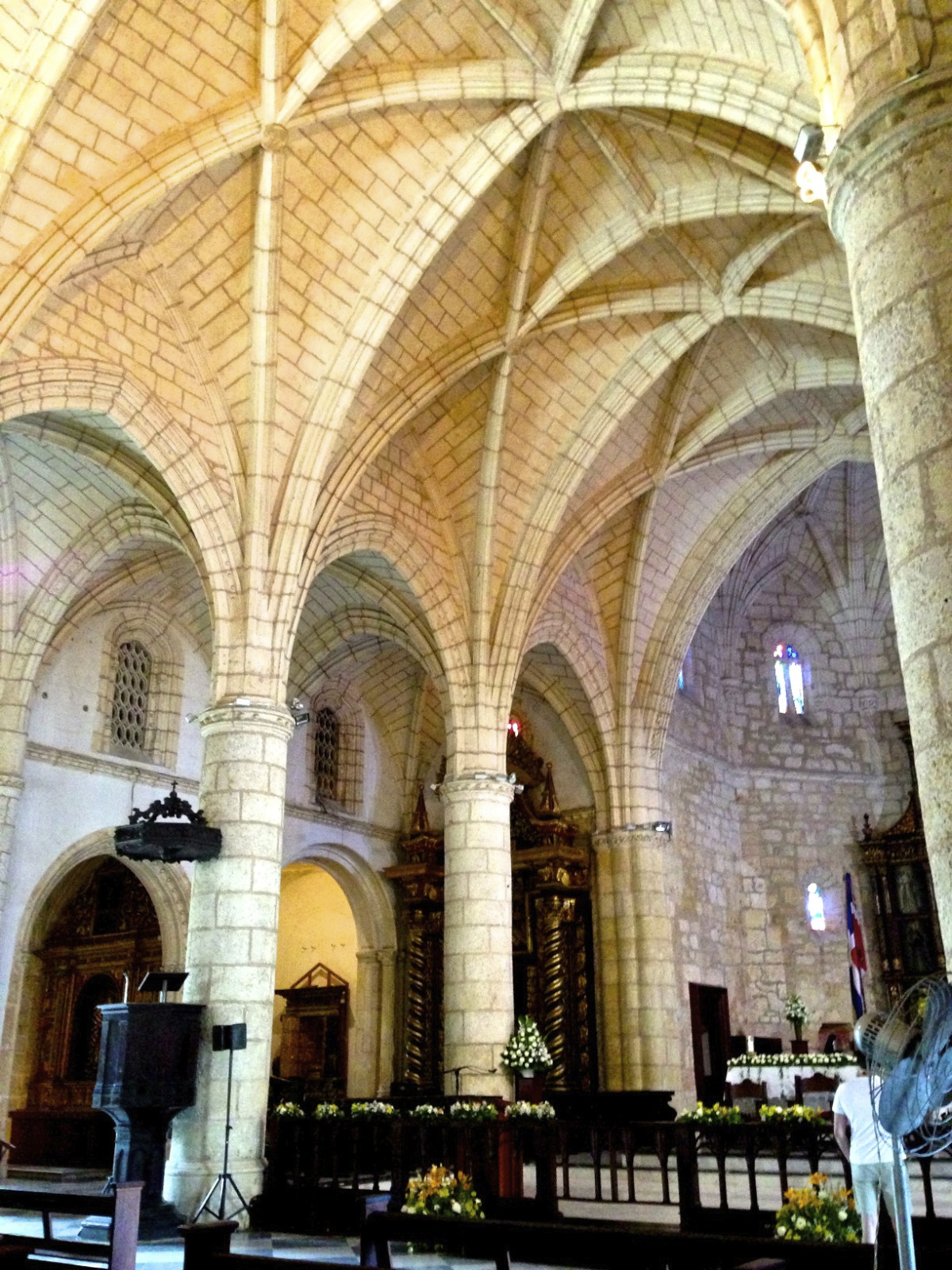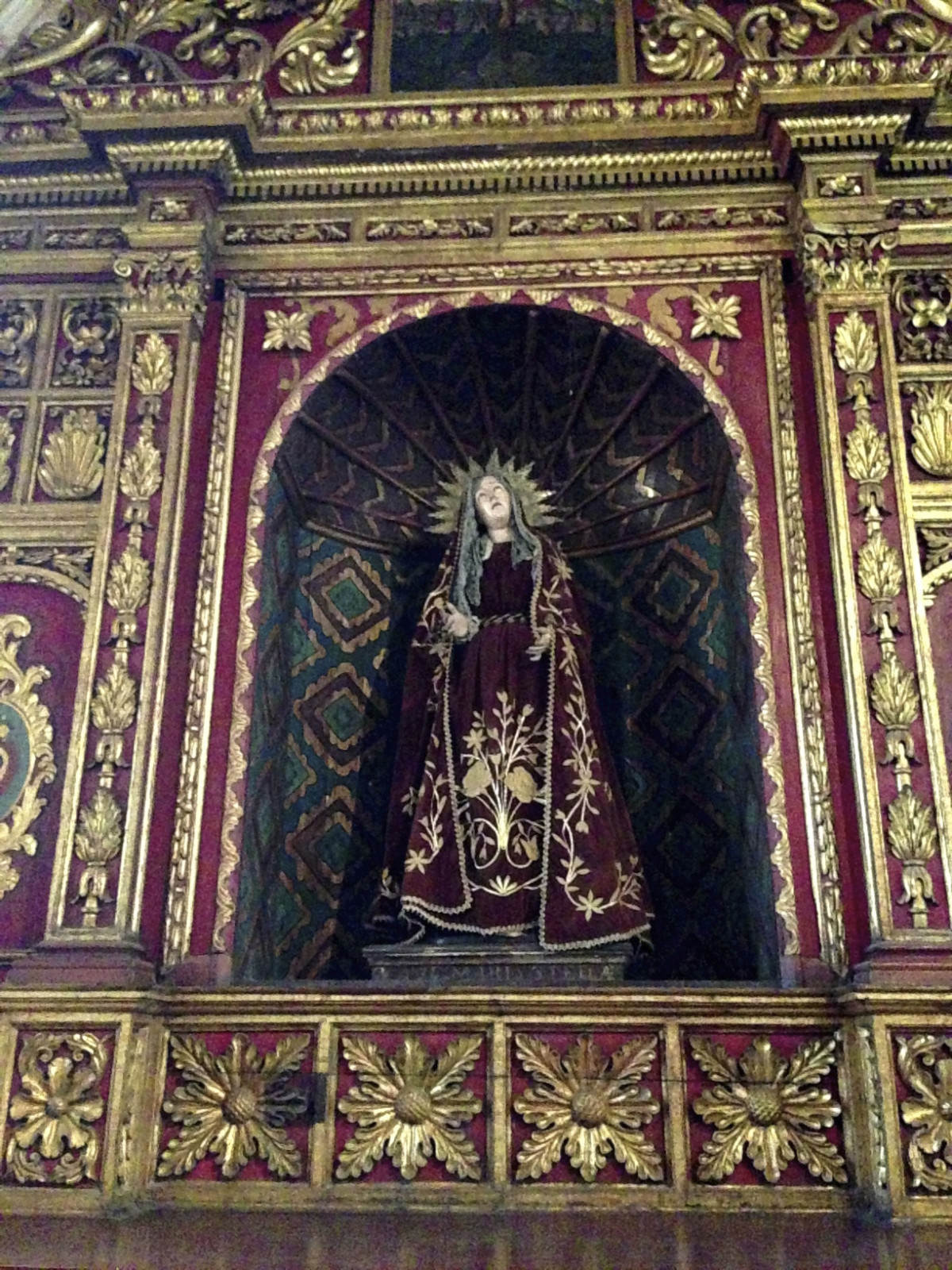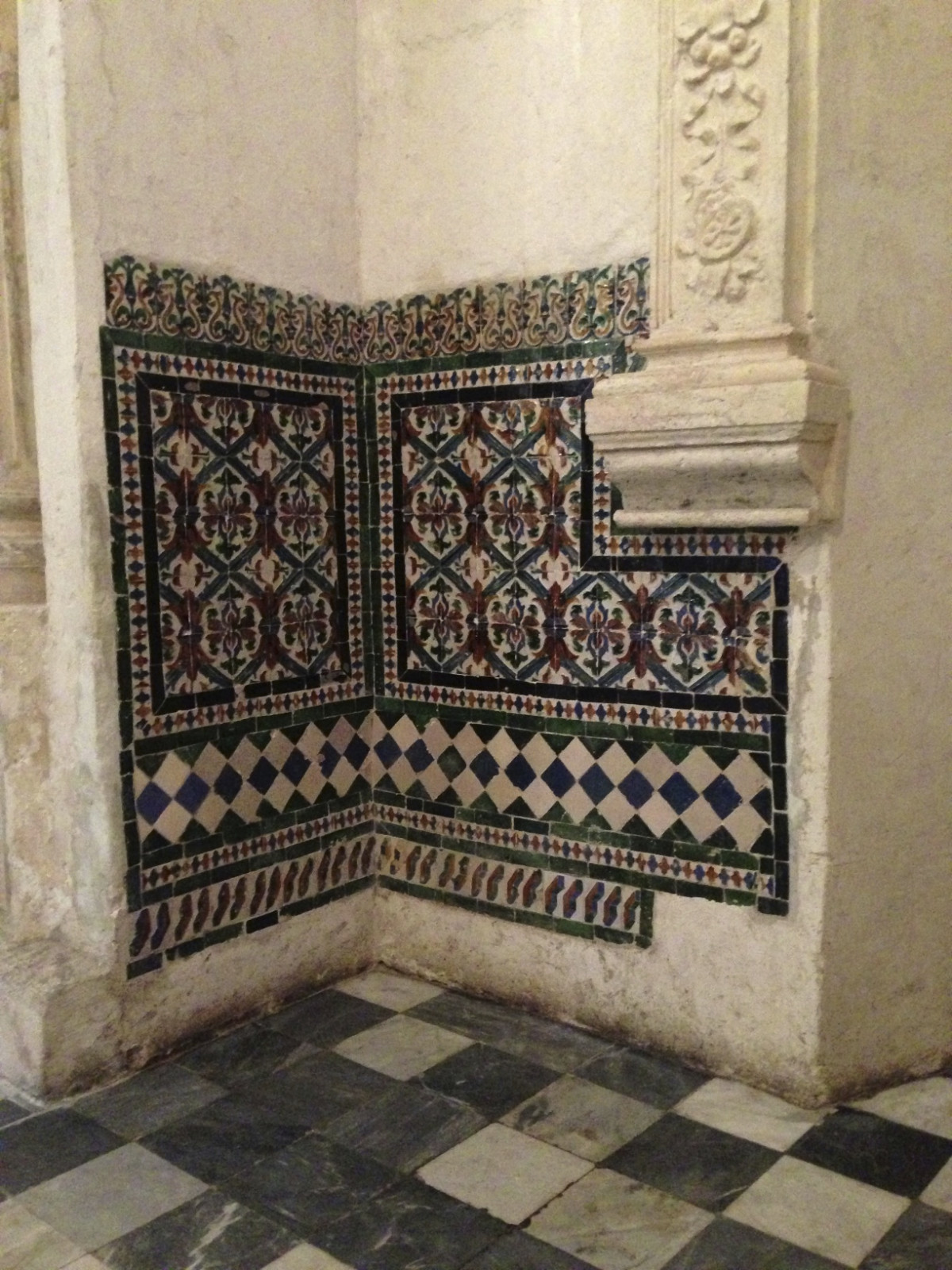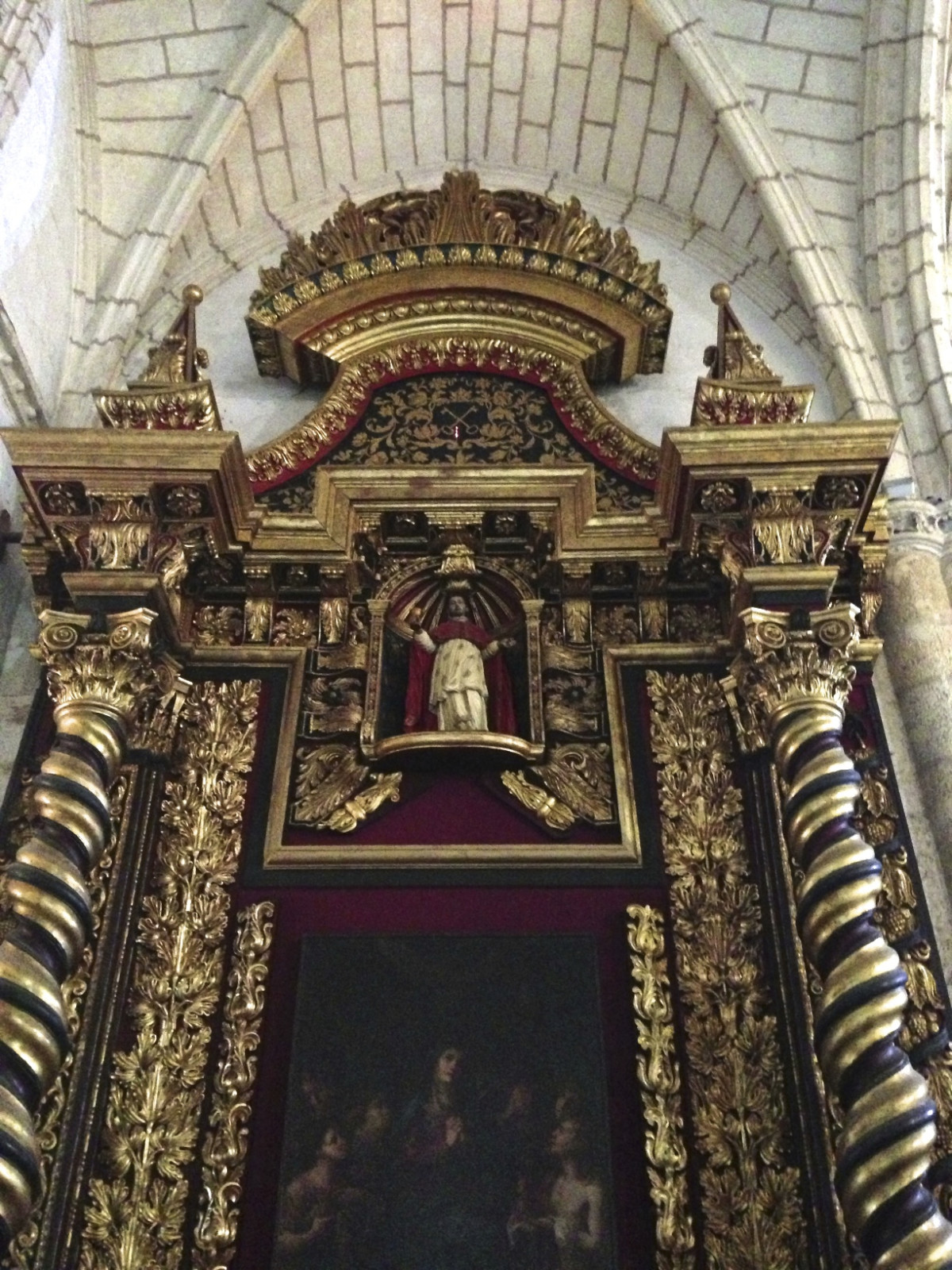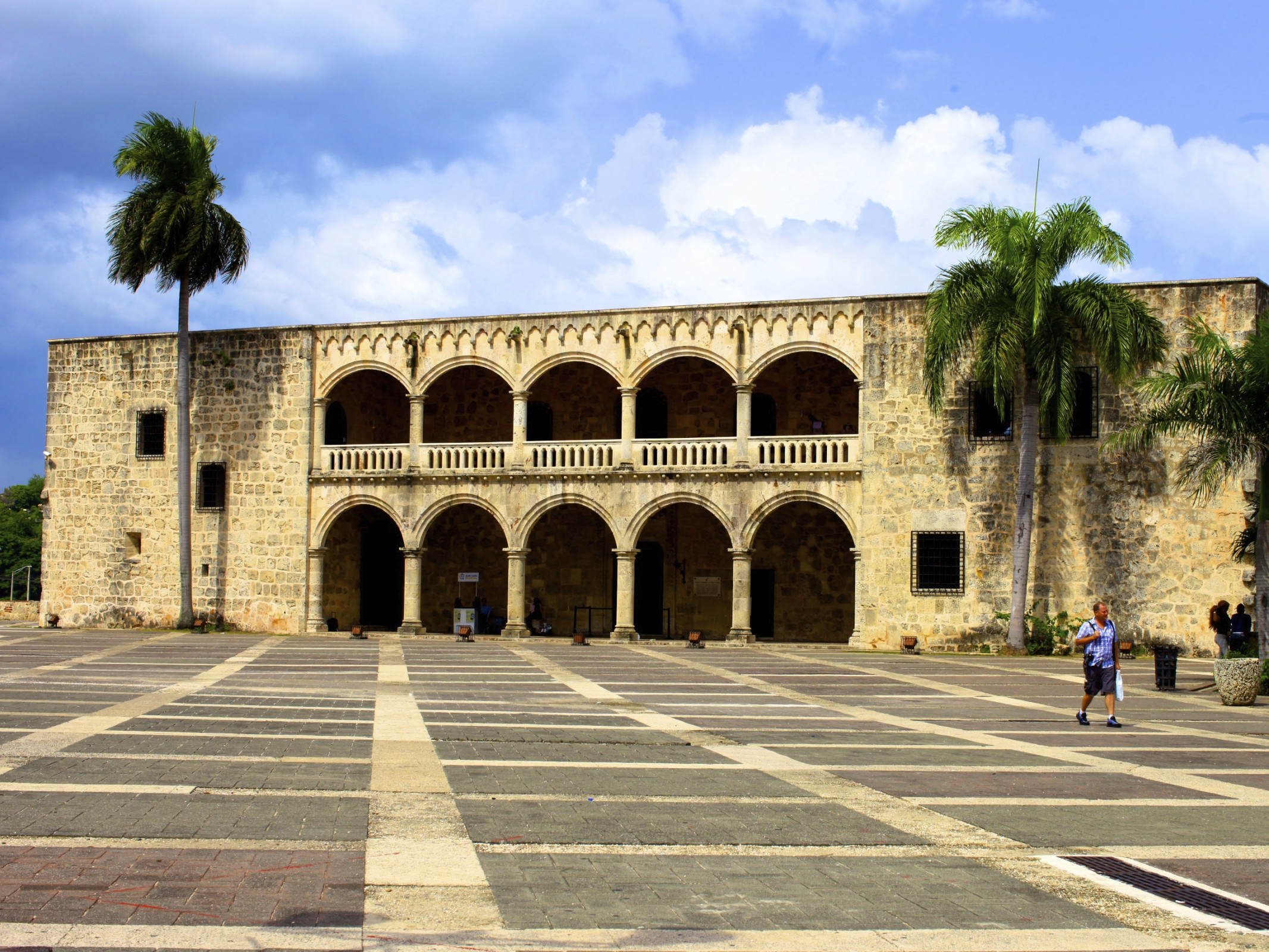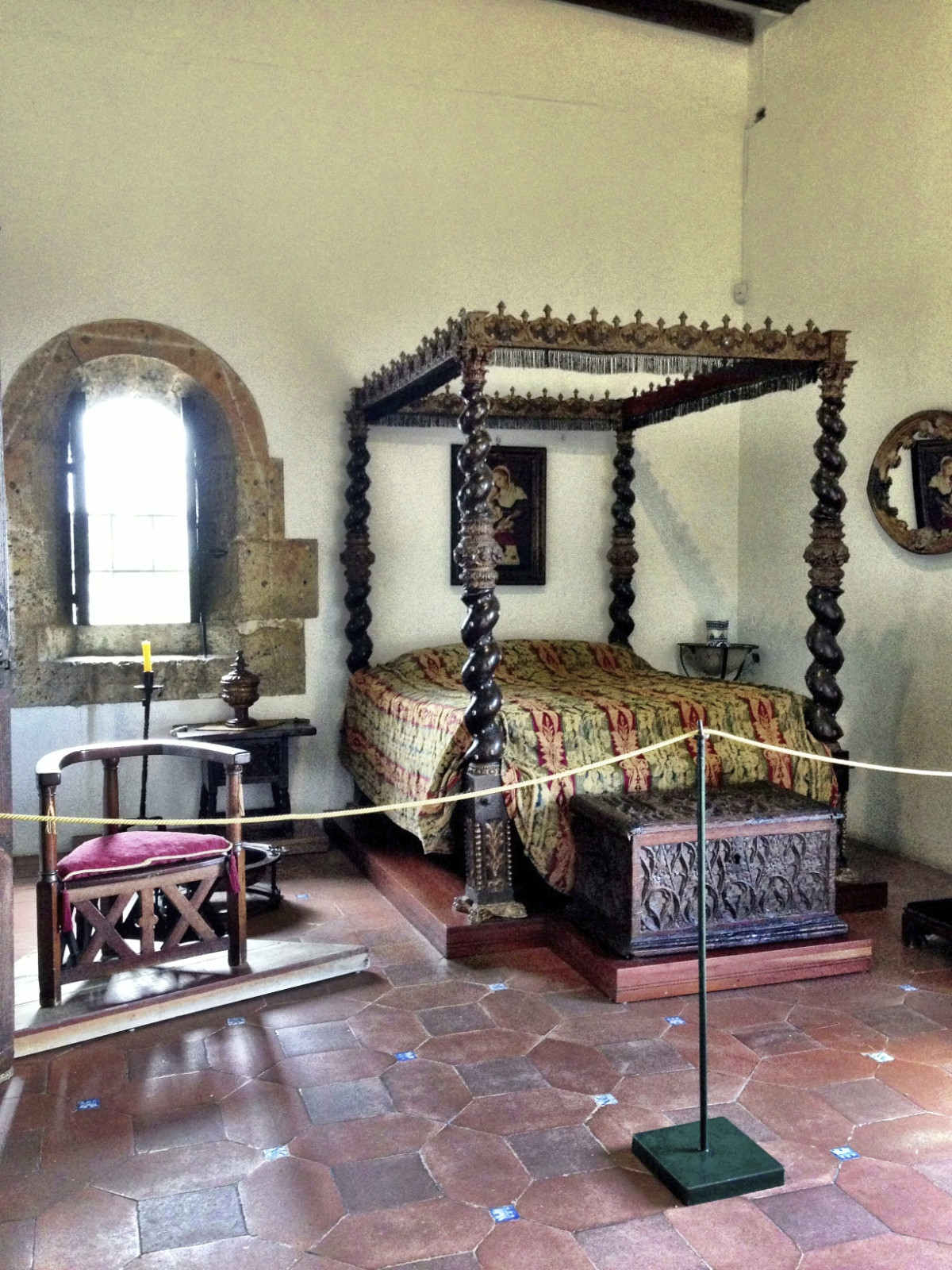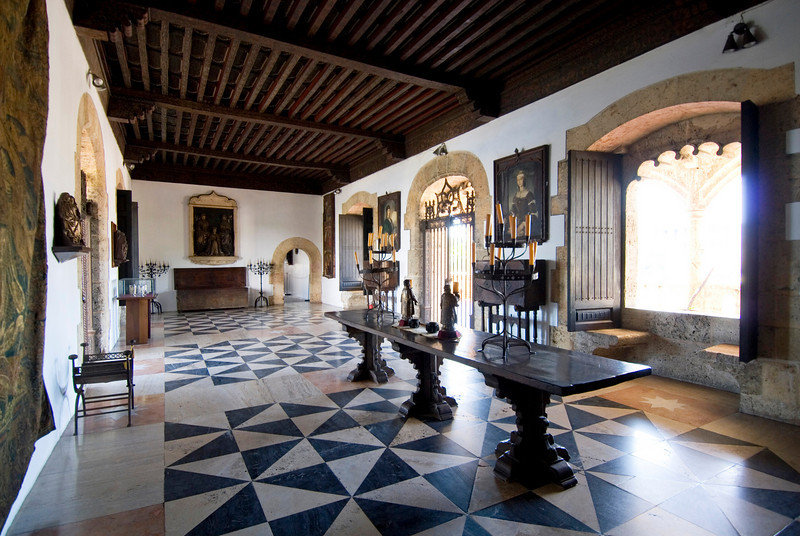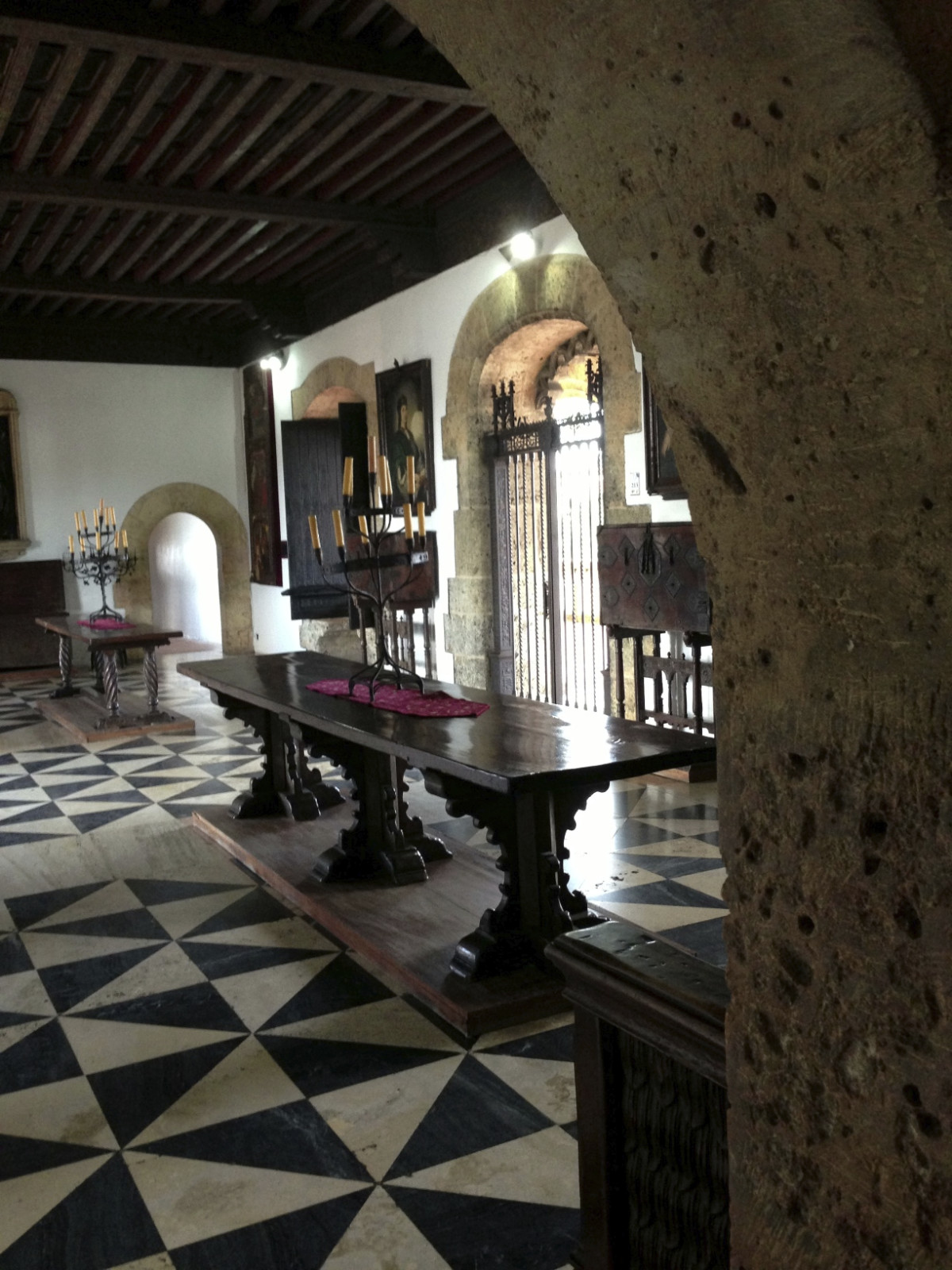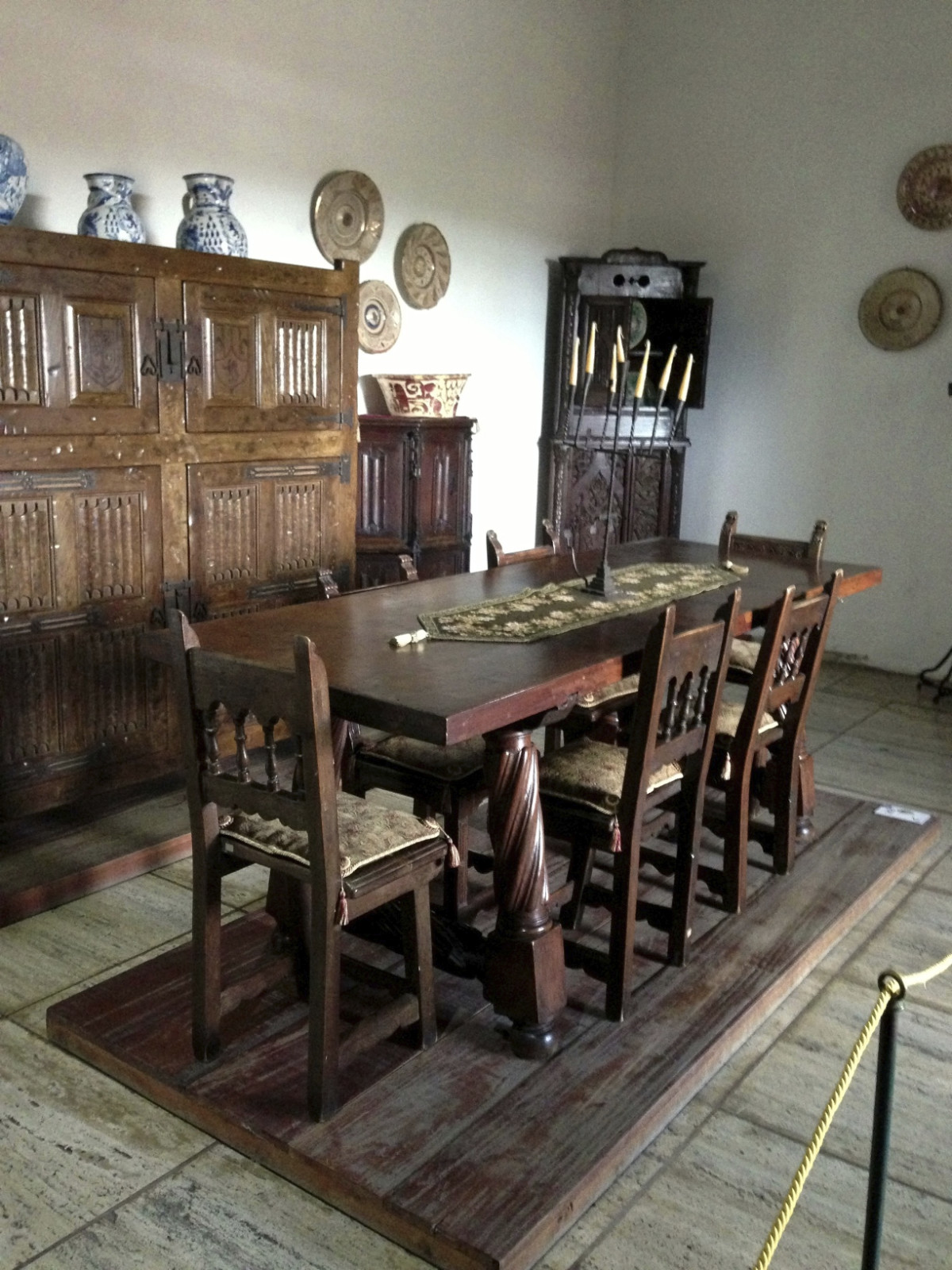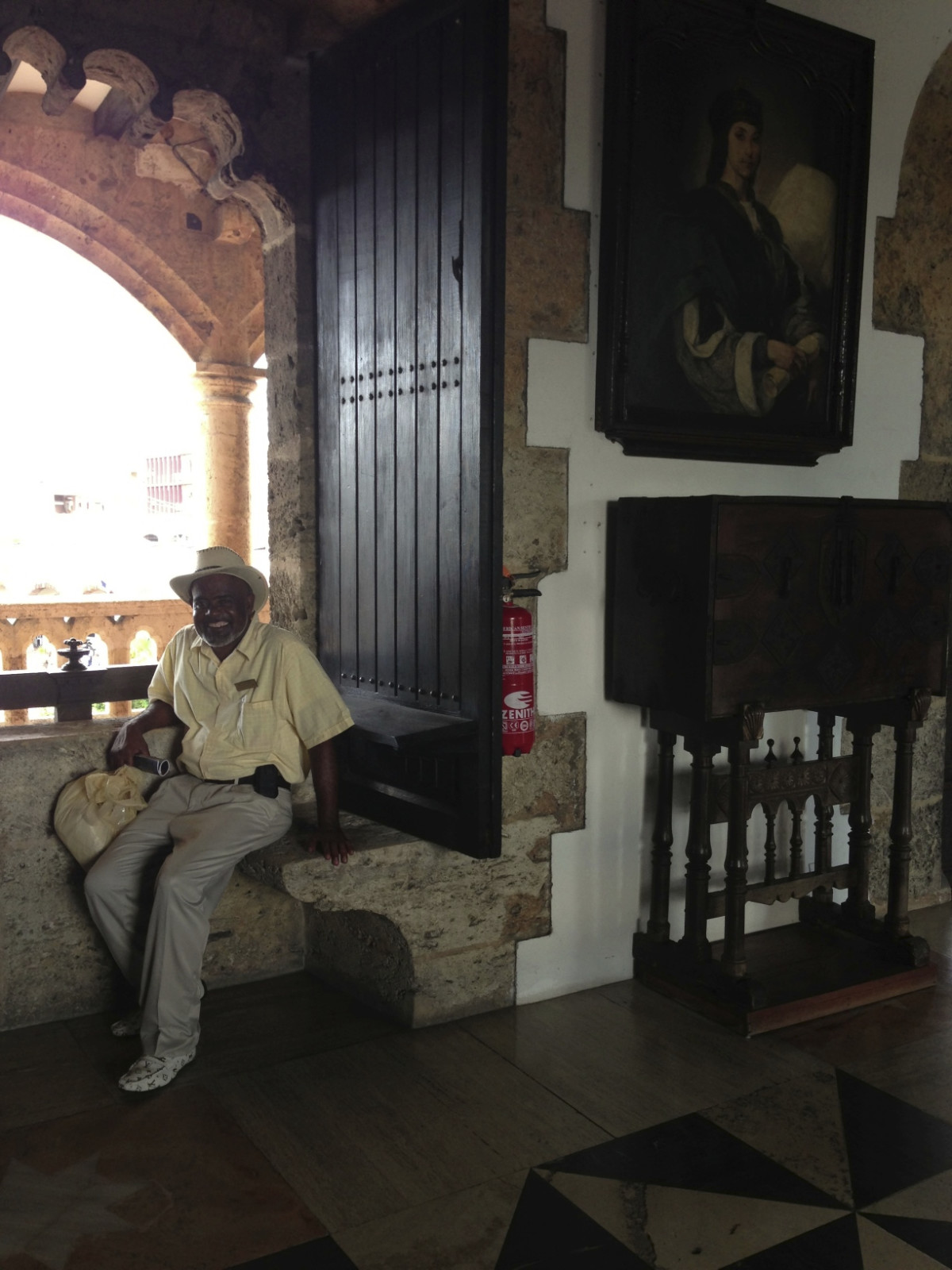Santo Domingo, known officially as Santo Domingo de Guzmán, is the capital and largest city in the Dominican Republic.
The Ciudad Colonial (Spanish for “Colonial City”) is the city historic central neighborhood and the oldest permanent European settlement of the New World. It has been declared a World Heritage Site by UNESCO. It is colloquially known as “Zona Colonial” (Colonial Zone). Our magnificent historic hotel Frances, is located in this same Zona Colonial on the west bank of the Ozama River, which bisects the city and tcovers less than 5 square kilometers.
It is an important section of the city due to the high number of landmarks, including Alcázar de Colón, Fortaleza Ozama, Catedral Primada de America, and others. Angel our guide, who was gifted by Louis Vuitton himself of a white monogrammed moccasins, promises to make our only afternoon in the capital an unforgettable one.
Under a bright sun, i ask first to visit a cigar shop and have a quick glimpse of how those exquisite tobacco jewels are manufactured. I buy there a Cohyba and a Panama hat. We walk around the picturesque alleys filled with colorful colonial houses in wood with porches. Among just a few fruits vendors, very few people walking due to the intense heat , Angel passionate, in the picture above with a map, at the sound of story telling filled with precise historical facts shows us around without even looking back to check if we are still there . He senses we are.
After the arrival of Christopher Columbus on the island of Hispaniola in 1492, Santo Domingo became the site of the first cathedral, hospital, customs house and university in the Americas. This colonial town was laid out on the grid pattern that became the model for almost all town planners in the New World.
The first impression of the Spanish colonizers was favourable: the nature was luxuriant; the aborigines were friendly, and it seemed that the ground was rich in gold. Using what was left of the Santa María, Columbus built the fort of the Nativity (Navidad) on the northern coast of the island not far away from a peak that he called Christi Mount, leaving 39 men there under the protection of the village head. When Columbus returned to Hispaniola a year later, the fort had been destroyed, his men were dead, and the aborigines had become mistrustful. He founded a new colony further to the east, which he called Isabella, and left it under the control of Bartholomew. However, the first revolts were very soon to begin.
In 1496, Bartholomew abandoned Isabella in order to move on the southern coast of the island, where he established the settlement of Nueva Isabella, now Santo Domingo, on the left bank of the Ozama River. Because of the insurrections that continued to upset the island, Columbus was replaced as Viceroy and Governor of the colony by Nicolás de Ovando. In 1502 a typhoon destroyed the city and the fleet that was preparing to return to Castile. Ovando decided that the city should be completely rebuilt on its present site on the Ozama.
This colonial town was laid out on the grid pattern that became the model for almost all town planners in the New World. The city was to be embellished with a cathedral, a hospital, convents, a fortress and a university. At that time it was not appropriate to describe these buildings as having been built in the colonial architectural style because they were all based on plans that faithfully followed models imported from Spain. Earthquakes and pirate attacks were in due course to ravage the main buildings of the city, such as the convents of the Dominican, Franciscan and Las Mercedes, the three religious orders that pioneered the evangelization of the New World, and the Hospital of Nicolás de Ovando.
Among the most outstanding buildings, the cathedral was constructed between 1514 and 1542; it is the oldest in America, and is one of the architectural wonders of the Colonial City.
The Cathedral of Santa María la Menor in the Colonial Zone of Santo Domingo is dedicated to St. Mary of the Incarnation. It is the oldest cathedral in the Americas, begun in 1512 and completed in 1540. The Cathedral once held the title Primate of the Americas, it has since been the only Archdiocese to have held this title.
The Cathedral is fronted with a golden-tinted coral limestone façade, the church combines elements of both Gothic and Baroque with some lavish plateresque styles as exemplified by the high altar chiseled out of silver. There is also a treasury which has an excellent art collection of ancient woodcarvings, furnishings, funerary monuments, silver, and jewelry. It is located between Calle Arzobispo Merino and Isabel la Católica, next to Columbus Park in the city of Santo Domingo de Guzman.
The main entrance stands next to the Columbus Plaza, where stands a giant statue of the great navigator himself. The fine stained glass is by the famed Dominican artist José Rinçon Mora.
We have reached the Alcázar de Colón, or Columbus Alcazar,is the oldest Viceregal residence in America, and forms part of the Colonial Zone of Santo Domingo World Heritage Site. The building houses the Museo Alcázar de Diego Colón, whose collection exhibits the Caribbean’s most important ensemble of European late medieval and Renaissance works of art, which were acquired in the 1950s. The Tapestry collection (spanning from the 15th to 17th centuries) is particularly important and unique in the Caribbean, and includes pieces produced by the Flemish Van Den Hecke family from cartouches created by Charles Le Brun. The Alcázar is the most visited museum in Santo Domingo.
The palace is an impressive construction of coralline blocks that once housed some fifty rooms and a number of gardens and courtyards, although what remains today is about half the size it once was. It was built under Diego Colón, the son of Christopher Columbus; when he became Viceroy of La Española and the Indies in 1509, he ordered the construction of a family home and governor’s mansion between 1510 and 1512.
During the early Spanish colonial period, the mansion occupied a very important place in history. It was from here that many expeditions of conquest and exploration were planned. In 1586, the palace was sacked by Sir Francis Drake and his forces. As the influence of Santo Domingo waned, the house fell into ruins, and by the mid-18th century was abandoned and in danger of rotting away. It was rescued and extensively restored between 1955 and 1957, being filled with period furniture, artwork, and other accessories. A self-guided tour using a portable audio speaker that discusses each room’s function is available in various languages.
The Ozama Fortress and Tower of Homage were built in 1503: this stone group is said to be the oldest formal military outpost still standing in America. The Tower of Homage still stands in the centre of the grounds, an impressive architectural structure that is medieval in style and design.
Angel takes us to shop, we get Mamajuana bottles for friends and family and I find beautiful bone purses and bracelets for myself.
Tomorrow morning we are on our way to Punta Cana, on our way we will stop at Boca Marina a stunning restaurant by the beach in Boca Chica. Thank you Angel to make our historical dream be reality for just a few hours.
Joelle’s Picks :
Hotel in SANTO DOMINGO – Book your hotel Hotel Frances Santo Domingo – MGallery Collection
Itinerary:
Colonial Zone Sight Seeing, Monuments, History
Restaurants:
Boca Marina | Restaurant & Lounge

